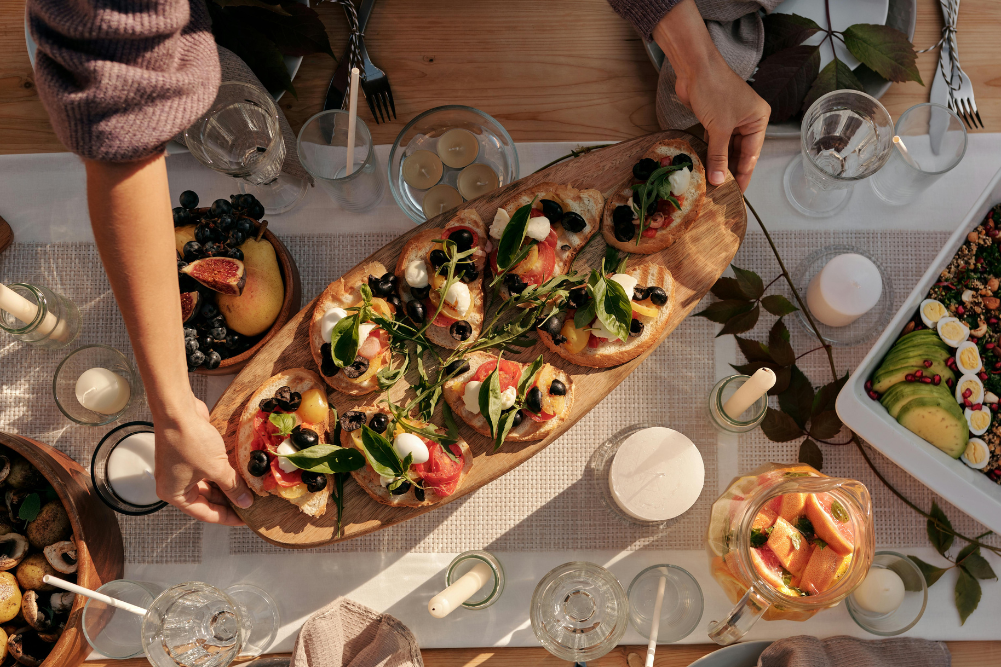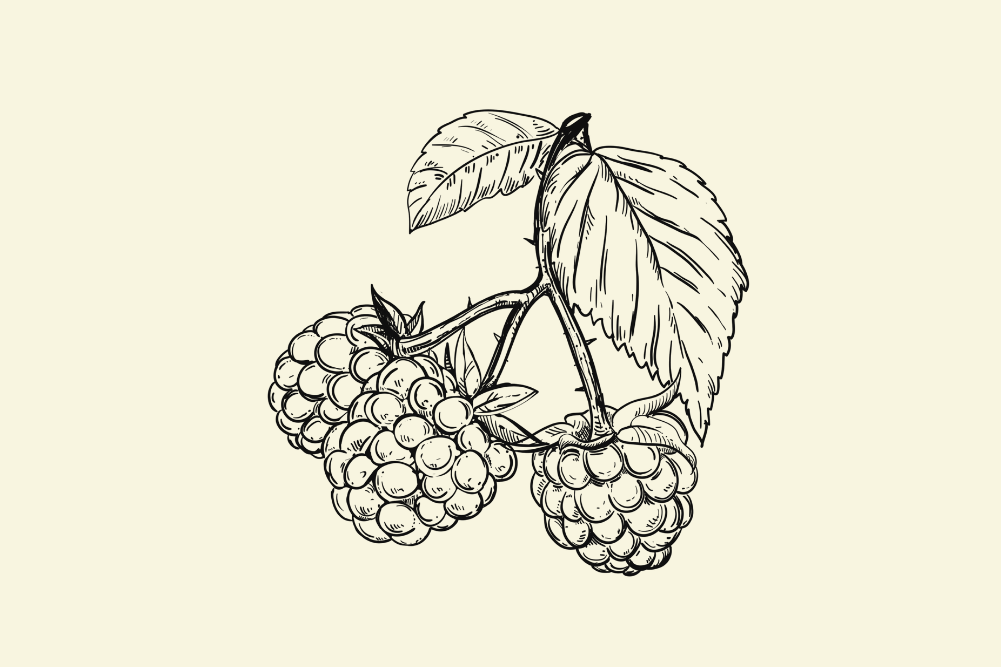How to fight fat and boost weight-loss
Real Fat Loss
It’s not that we don’t know how to shed excess fat. After all, how hard is the equation of too much in equals too much on?
Of course, current understanding about weight loss goes well past the simple calorie counting of decades gone by. We know more now about weight-loss and health than we ever have before. So why is it so hard?
This article offers solutions for those who are battling long-term obesity as well as those wanting to shed a few kilograms. It is about weight-loss without the use of restrictive diets, drugs, stress or expensive programs.
Many overweight people feel a sense of powerlessness. It’s important to throw away anything from past approaches that has contributed to failure. If it didn’t work before it’s not likely to work now, and that includes berating yourself for ‘being weak and hopeless’. It’s critical that your approach to change is not punitive. Dieters are often good at punishing themselves as they stand on the scales, which don’t match their effort, and deny themselves permission to have anything that will taste nice.
Being overweight is not just health threatening; it can also bring with it alienation and considerable emotional pain. The feelings that can accompany that are sadness, despair, fear and confusion, resulting in low self-esteem and dissociation from self.
To make changes to your body you also need to take great care with your psyche. If you don’t learn about your needs, triggers and vulnerabilities, you risk heading for failure, as you stumble back into the psychological pain and discomfort that sent you to poor eating patterns in the first place.
Use gentle self care not control
The daily weight-loss experience must be livable. If weight-loss takes superhuman control, the risk is that when you relax you will revert to the old patterns. The reward for all that self denial so often includes the unconscious thought of ‘now I have lost the weight I can eat what I like’. And the failure ricochet begins.
Forced change can be traumatic. Real change maintains a balance that takes the whole person into account. This is why the mindset needs to be more like a readiness for weight-loss, with a willingness to care for yourself while you do. This is the main reason I would not go to a commercial weight loss company that requires handing over the care of self to someone else.
How to begin
Begin when you have a sense of readiness to change. That’s the hard part because you can desperately wish for weight-loss but at the same time not be ready to face the change. This immediately presents the fear of beginning something that will be too hard for you to maintain. Take one day at a time, promising yourself good nutrition and tempting meals. You are going to eat only what you need, so make everything you eat count. Don’t waste it on second-rate food. Being hungry waiting for the next meal creates a constant sense of self denial. This form of torture-waiting goes away if it’s replaced by anticipation of the next gourmet meal. And don’t be mean with yourself. Many overweight people spend enormous amounts of money on sweets and fast foods but have the false economy that they can’t afford strawberries on their breakfast or plum sauce on their chicken fillet.
Make food your friend
Food is not the enemy. To succeed in changing your eating, you need to start with some hefty changes in your thinking. The huge yet subtle difference in my weight loss approach that divides it from the punitive and doomed-to-failure diets of the past is the nature of its main motivator: taking pleasure in food. You may have tried diets with strange formulas, like the grapefruit-only diet, which promised to give miraculous results in only weeks. Food so often becomes the enemy on such diets. Many factors contribute to the difficulty of weight-loss and some people find it almost impossible to lose it. One factor includes the concept of comfort eating where the prime reason for eating is emotional. Such eating can develop a compulsiveness that borders on addiction. The difference with the concept of food as addictive is that, unlike with alcohol, cigarettes and drugs, we can’t totally give up food and survive. We have to learn to have a new relationship with food. The seriously obese know there is no quick diet that will do it for them. It’s a scary place to be, facing the thought of a year of self denial to shed the excess. That thought can be so daunting and create such a sense of hopelessness that the person may never begin.
So don’t begin until you have started to think of food as your friend; food as the life giver; food as the energiser and food as the contributor to physical and mental health. Learn about food and make a promise to your body that you will care for it, choosing the best ingredients with the most health benefits. Read about nutrition, vitamins, minerals and phytochemicals until you realise how simple good eating really is. You don’t need to become a nutritionist; basically, if your food is varied and fresh you’re on the right track. Eating will then give your body the best chance to get what it needs for good health. Some people panic, thinking that if they cut back in quantity they will tire and run low on energy. This why it’s so important to make sure you give your body the best fuel, because fatigue is the emotional enemy of weight-loss and explains why the good lunch can be undone by the chocolate bar on the way home.
Make every meal a treat
You probably put on weight from liking food too much. So don’t try to change that now. You looked forward to food before, so make sure every meal you have now is a treat. Become a healthy gourmet. Instead of having a pre-dinner snack, wait that extra half-hour for your dinner and be hungry enough to really enjoy it. If you’re honest you’ll admit that when you let yourself eat what and whenever you want, it doesn’t mean you necessarily enjoy everything you eat. Constant snacking keeps the edge off hunger and holds at bay the sense of panic the compulsive eater feels when they start to experience hunger. So you may have overeaten but not necessarily enjoyed your food; never let yourself get hungry. Hunger is one of the first mindsets you need to change. It’s possible that you may then start to enjoy food more than you ever have before.
Stomach vs mouth hunger
At first it will feel strange to eat for the quality of the food rather than the feel in your stomach, but this was another of the old risk points of past diets. Your stomach seemed to say “eat more”, when your head knew you had eaten enough for health and energy. Susie Orbach, in Fat is a Feminist Issue (Arrow Books, London, 1978), talks about learning the difference between stomach and mouth hunger: that compulsive eaters can no longer read their hunger from their stomach and this has to be relearned. Still, feeling hungry can be scary when the meal is over. We must guard against feeling trapped in the ‘I can’ts’. Instead we need to have some permissions there, to help us past the danger points of panic. First, it helps to know it can take a while for your stomach to signal to your brain that it’s actually full. Make yourself a promise that you will wait half an hour before you have something else to eat. Chances are that by then you’ll be busily doing something else and forget to even check. If you’re used to having supper, have a hot drink first before you decide about the food. Finally, on those nights when the above techniques have not been enough, have fruit when in the past you would have turned to cake or chocolate.
What next?
When I said you can achieve weight-loss without stress, I didn’t promise you can eat anything you fancy and still lose weight. By now, though, I hope you are beginning to realise there are ways to do this that are gentle, non-punitive and self-caring. Processed fat in food is what you need to reduce in your daily meals. Remember there are good fats, like those in avocados, olive oil and fish oils where the fat content is far outweighed by the health-giving benefits. So make war on the processed fats in food; not on food itself and not on yourself. Natural whole foods are the safest choices, but if you do buy from the supermarket shelf, start to read the ingredients, being careful that the percentages of fats and sugars are low and you’re not getting all sorts of extra additives you don’t want. So often there are choices. You can still have the food you love but for some food try choosing the low-fat option. Milk is the easy one. Change to low-fat milk. If you’re shrinking from this, trust me, it will only taste strange for a short time. Eat a few brazil nuts now and again, as the magnesium in them will help your body absorb the calcium. So the trick is to cut back but not totally cut out fats. We need some fats but just not as much as we may have become used to eating; and we need to choose the good fats.
Soup
Soup gets its own heading because it is a godsend. If you can make your own soup, you can guarantee what goes into it. Vegetable soup has lots of great nutrients. The difference between a burger and a bowl of soup can be the difference of a kilogram a month. Weight-loss is much more about choosing good foods carefully than denying yourself nice things to eat.
Don’t bully yourself
Relax. With food that is extra to what you really need, ask, “Can I let it go?” If your answer is that it feels too hard, have a glass of water or a cup of herb tea before you eat. Chances are the fluid will fill the gap, the warmth will be comforting and you then won’t feel the need to eat more. You find it hard to go to cafes with delicious treats on display? Do something else you enjoy at the café — chat with a friend, read a favourite newspaper, book or magazine. If a friend is having cake, maybe you can have a small taste. The taste may be enough to release those ‘desire’ pressure valves without doing any major physical damage.
Build in non-food treats
Make sure to build in treats other than food. If food was your treat or helped you cope with life’s demands, you need to find some non-food treats to replace that. This may be as simple as going for a walk, having a massage or going to a movie.
Celebrate where you are and before you know it you will have arrived at where you want to be! Most weight loss approaches monitor progress. Some stipulate you should never weigh yourself more than once a week. Others record the weight loss on a chart, with the goal weight-loss as the motivator to continue with daily self denial. What they all have in common is they focus on how you want to be in the future. The risk here is that if today starts to feel too hard, the future might feel too far away to wait for the reward; too long a time to continue with the self denial. So you reach for the forbidden food.
You need to look at what you have achieved, not focus on what you haven’t. Success then walks with you every step of the way, rather than failure always waiting to trip you up. You must never lose sight of ‘eating only what your body needs’. Holding on to this truth will help get you through the plateau times when the weight-loss doesn’t seem to go up. Don’t look for a one-to-one relationship between eating cand weight-loss. Many a dieter has given up when the scales don’t seem to match the effort made. But this week’s good eating may not register on the scales until next week. Trust that good eating over time will mean better health and weight-loss.
Treasure any weight loss you have managed and value each day you have managed to eat well. Celebrate feeling better and weighing less than you did before. If you accept that you may reach a final weight-loss plateau, you never need to panic if the weight loss seems to have stalled. Perhaps you have actually reached your ideal weight, so celebrate this.
Chart your journey
It’s essential to chart your journey. This is simply done with a rough graph: the vertical axis is in kilograms and the horizontal axis has a month per page, with your weight-loss recorded once a week. Don’t cheat. Whether it goes up or down, record accurately, and as the weeks roll by, you will see your progress in a downward slope across the page. You will also see any patterns — for example, some women put on fluid weight with their period. Discovering this means you don’t need to panic at this temporary rise.
Charting is an essential step. It records your commitment and greatly reduces the risk that you will delude yourself that you can over-eat without harm. With the scales and the chart as a part of your process, look forward to celebrating your success as well as noting small setbacks. Finally and most importantly, always remember this: if you have made a change to good eating you are better off today than you were before. That way you can never fail.
Val Boyd teaches and practises psychology. She is presently working as a school psychologist for the Tasmanian Education Department and is also teaching in the Masters of Psychology program at the University of Tasmania.







